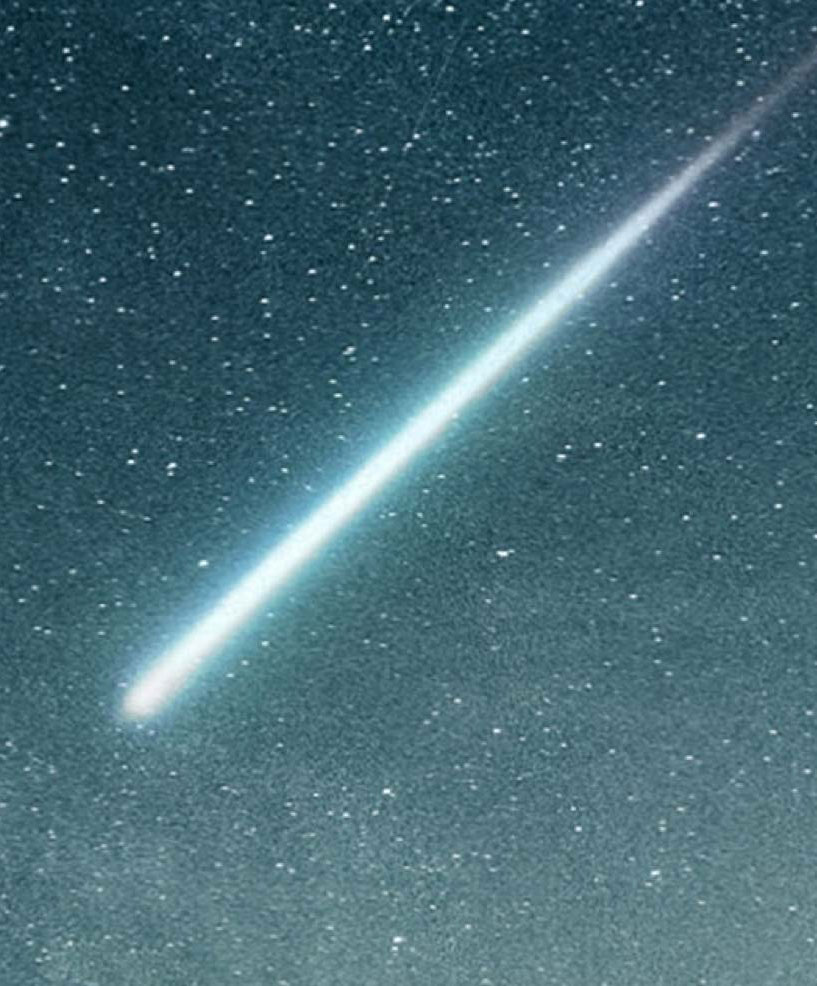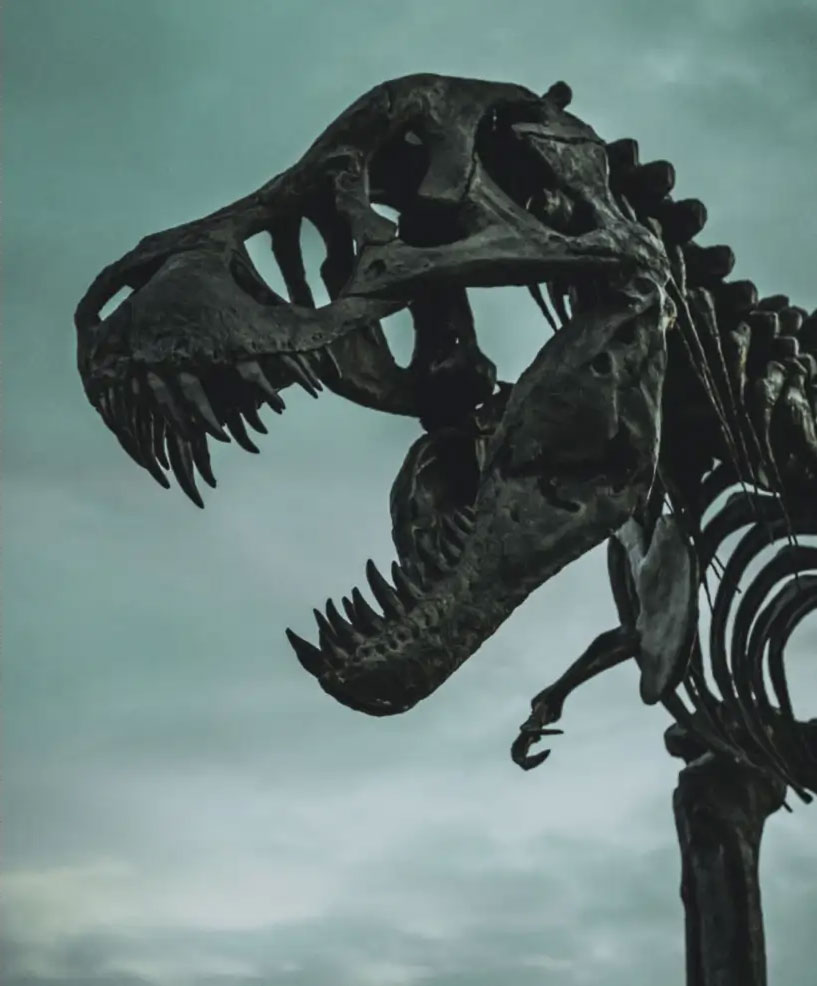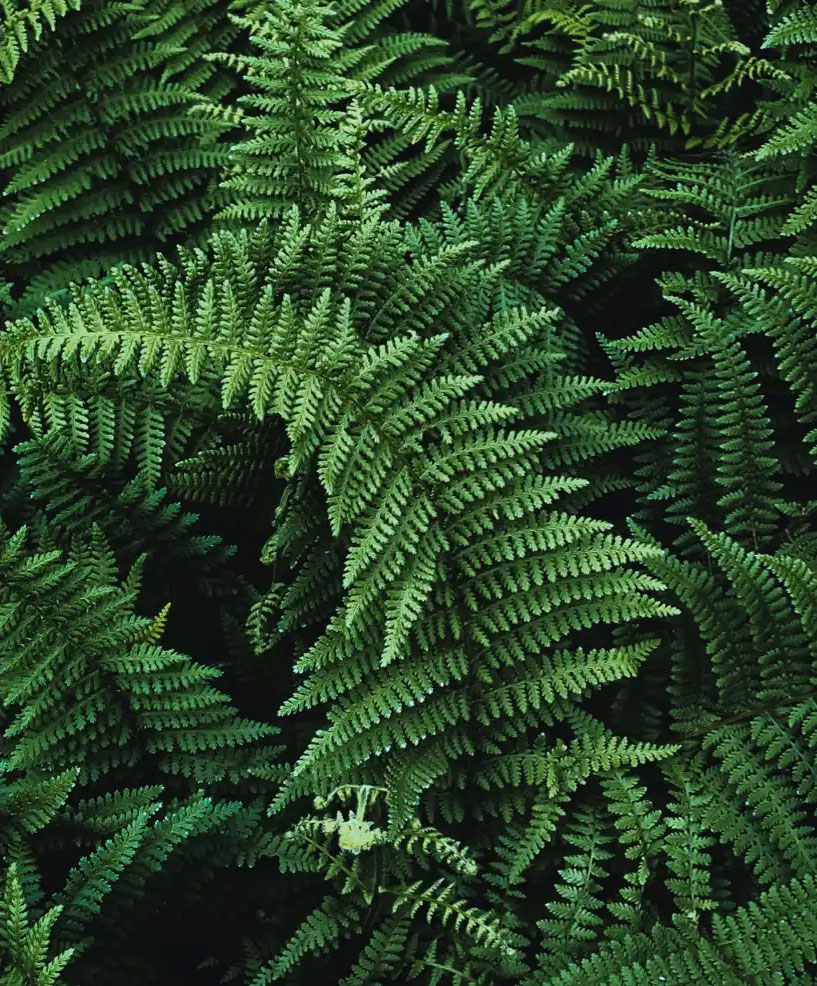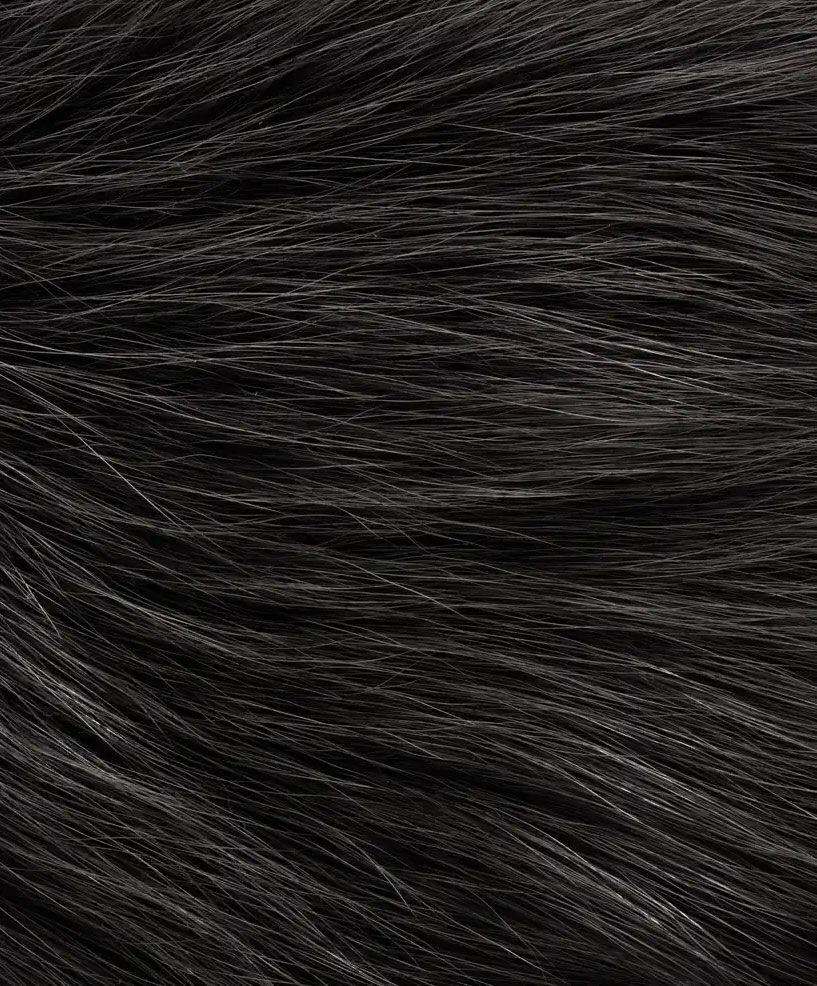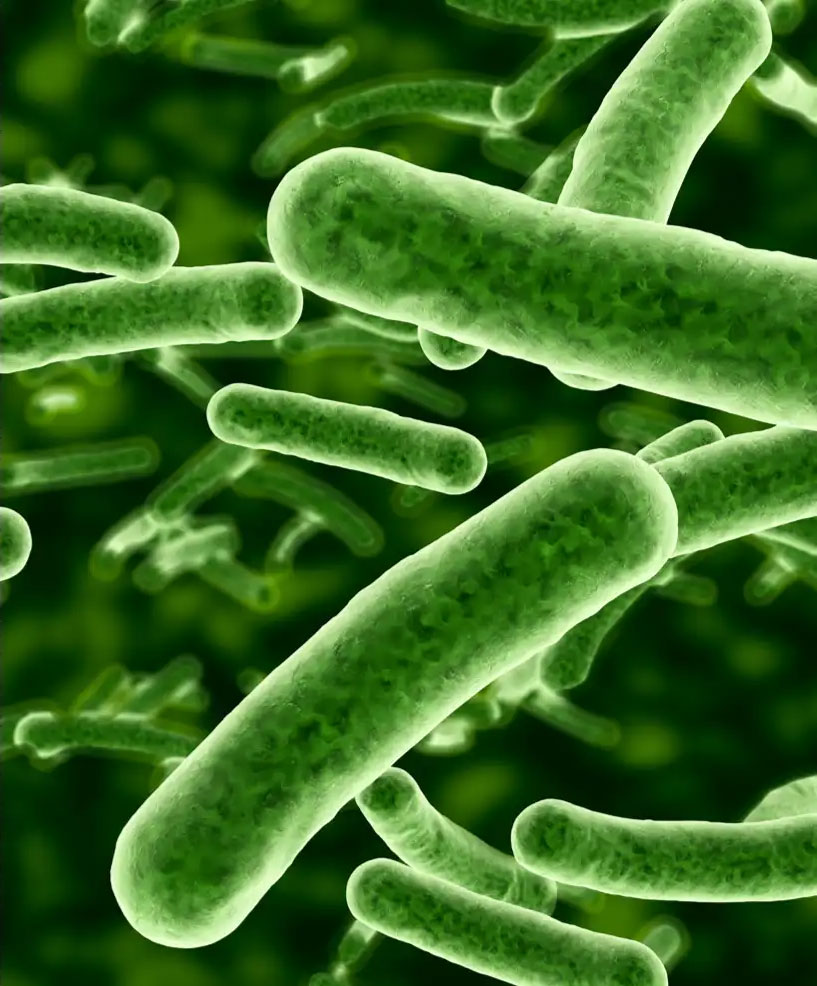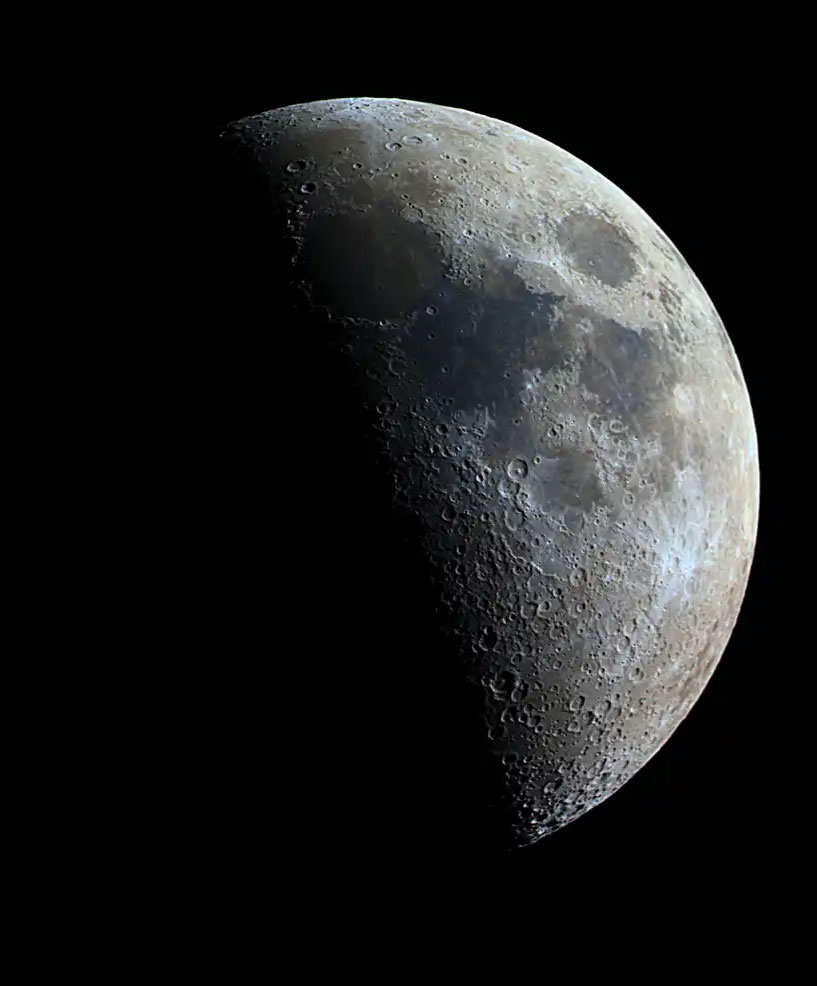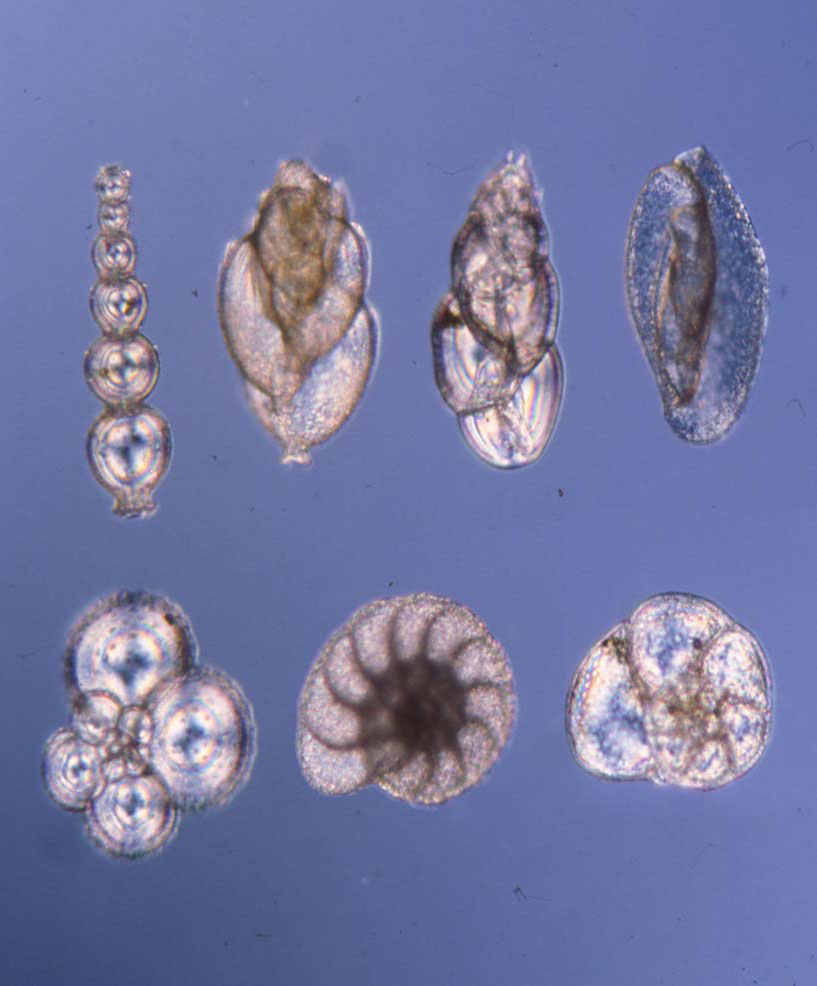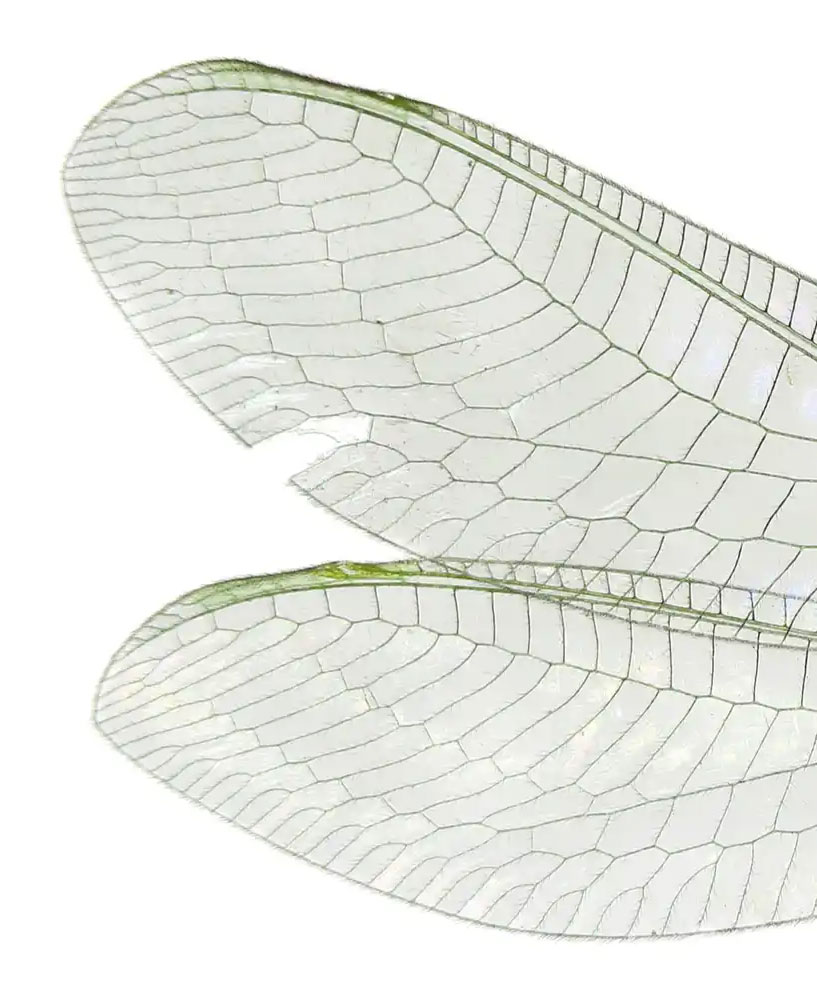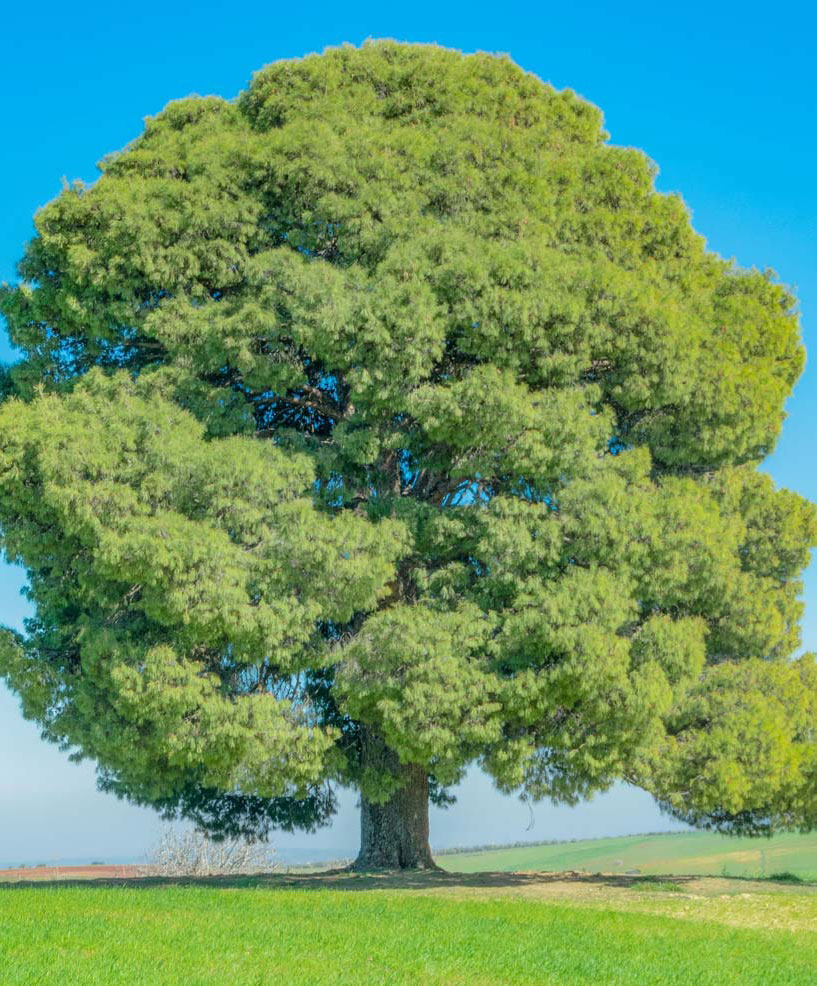Dr. Suzanne Simard made an astonishing discovery in 1997. After rescuing her dog from a hole under a latrine in a forest, she noticed thin hairlike strands in the soil. What she had found were mycorrhizal fungi, which have been known about since the 19th century. But what Dr. Simard discovered was the connection between these fungi and the trees in the forest, in a kind of underground internet system, now called “the wood-wide web.” This means a forest, in real life, is not a place where many individual trees grow. Rather, it’s an interdependent community with members that help one another survive. In my story, the mushroom “Ambassadors” represent this incredible fact, and as it says in the story, fungi are neither plants nor animals. I first learned about the wood-wide web from an episode about Dr. Simard on the fascinating radio program Radiolab. Dr. Simard also gave a Ted Talk that everyone should watch.
I’d like to add that in real life I’m afraid there are no tiny, adorable mushrooms that pop up at the base of trees to speak to them in English, but this seemed like the best way to get across the idea of what the fungal system does.
This is the episode of Radiolab, From Tree to Shining Tree, which first introduced me to the work of Dr. Suzanne Simard and the mycorrhizal systems connecting the trees of a forest.
Photo by Tommes Frites: pexels.com


